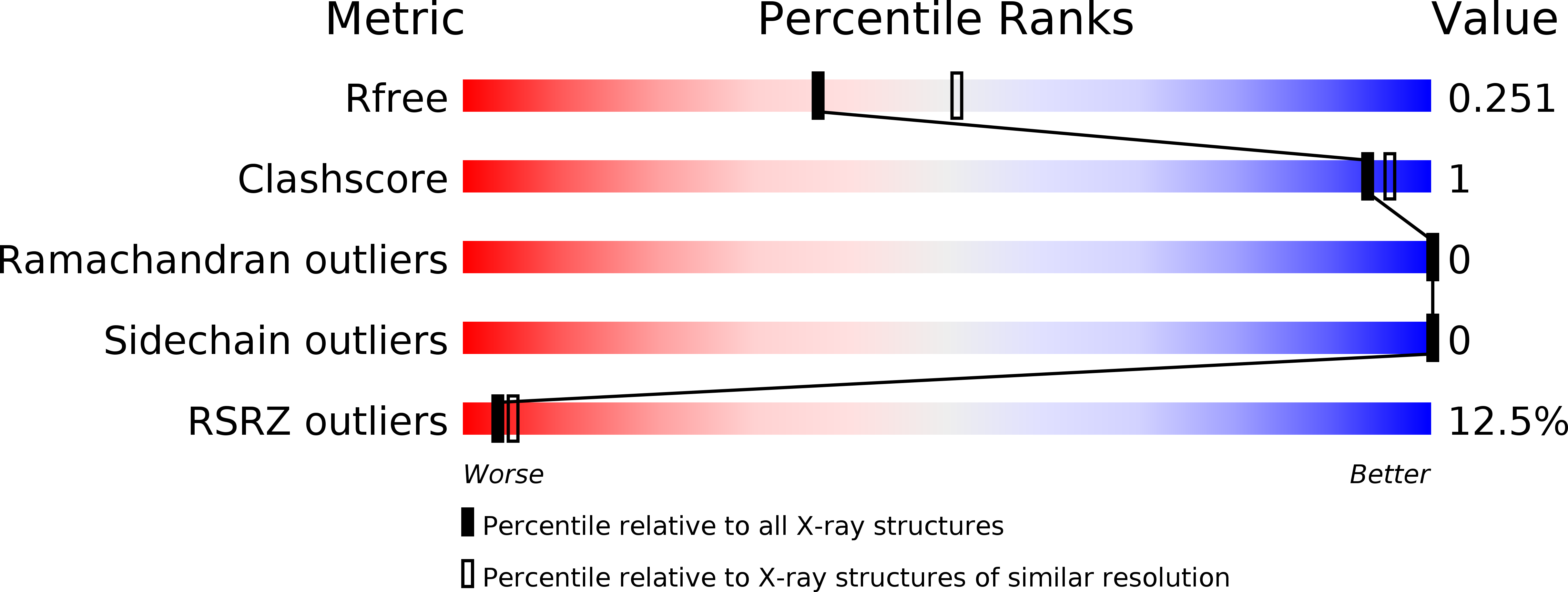
Deposition Date
2017-03-14
Release Date
2017-04-12
Last Version Date
2024-12-25
Entry Detail
PDB ID:
5V5E
Keywords:
Title:
Room temperature (280K) crystal structure of Kaposi's sarcoma-associated herpesvirus protease in complex with allosteric inhibitor (compound 733)
Biological Source:
Source Organism:
Human herpesvirus 8 (Taxon ID: 37296)
Host Organism:
Method Details:
Experimental Method:
Resolution:
2.30 Å
R-Value Free:
0.23
R-Value Work:
0.19
R-Value Observed:
0.20
Space Group:
I 2 2 2


